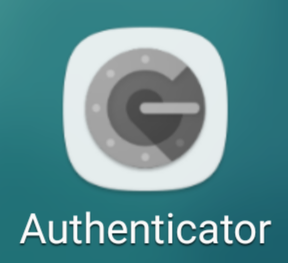Recently in the Design Listserv a Paris Convention question arose. The question was, under Article 4 of the Paris Convention, could a design application claim priority from an earlier utility application? It’s a good question and if you have any thoughts about this, I urge you to join that listserv and share your thoughts.
But what prompts this blog article is the initialism “TYFNIL”. (It is not an acronym.) A listserv member pointed out that even if the Office examining the design application were to find nothing wrong with such a priority claim, the owner of the design protection would never really know for sure where they stood until TYFNIL. What does that mean? Continue reading “What does TYFNIL mean?”


 For a US filer who is filing a PCT application and who is picking the Russian patent office, the search fee will increase on May 1, 2017. The search fee, presently $449, will increase to $482.
For a US filer who is filing a PCT application and who is picking the Russian patent office, the search fee will increase on May 1, 2017. The search fee, presently $449, will increase to $482. On March 9, Ambassador Saja Majali of Jordan deposited the Instrument of Accession to the Patent Cooperation Treaty with the International Bureau of WIPO. This means that the PCT will come into force for Jordan on June 9, 2017.
On March 9, Ambassador Saja Majali of Jordan deposited the Instrument of Accession to the Patent Cooperation Treaty with the International Bureau of WIPO. This means that the PCT will come into force for Jordan on June 9, 2017. It’s that time of year again. The time of year when it is important to keep track of the fact that Daylight Saving Time is different in Switzerland from the way it is in the United States. This is important because you might be in the US, and you might be e-filing (or fax-filing) some document with the International Bureau of WIPO.
It’s that time of year again. The time of year when it is important to keep track of the fact that Daylight Saving Time is different in Switzerland from the way it is in the United States. This is important because you might be in the US, and you might be e-filing (or fax-filing) some document with the International Bureau of WIPO.